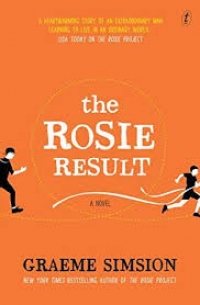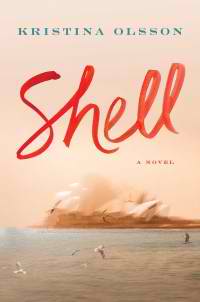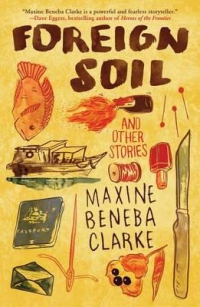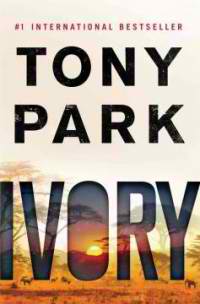The Wife and the Widow by Christian White
 Monday, February 10, 2020 at 5:02AM
Monday, February 10, 2020 at 5:02AM 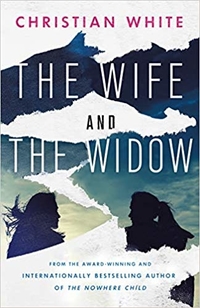
First published in Australia in 2019; published by St. Martin’s Publishing/Minotaur Books on January 21, 2020
The wife in the novel’s title is Abby Gilpin; her husband is Ray. The widow is Kate Keddie, who was married to John before he disappeared. Their stories are told in alternating chapters. Christian White invites the reader to fit the two stories together in an effort to understand how they relate to each other, both temporally and in the overlap of their characters.
John Keddie was a doctor. He disagreed with Kate about the need to activate parental controls on the internet. In John’s view, if parents don’t talk about the monsters in the world, their children won’t be ready to handle them when they appear.
John has monsters of his own, as Kate eventually discovers. Her mission of discovery begins when John doesn’t come home from a two-week research colloquium. She learns that he didn’t show up at the colloquium. She is even more perplexed when she learns that John stopped working at the Center for Palliative Care three months earlier, after the death of an elderly patient to whom he seemed drawn.
Kate believes John appreciates the fact that she is “passive to the point of invisible,” but passivity won’t serve her well if she is to learn what happened to John. She gets her first clue when an alarm is triggered at their holiday house on Belport Island, a place Kate would never expect John to go. According to John’s father, John spent his teen years on the island in a state of spiritual distress. Kate and her father-in-law travel to the island to look for John. His fate is telegraphed in the novel’s title.
Belport Island is the home of Abby, Ray, and their son Ed. Abby is troubled because Ray has been acting strangely. He seems to have lied to Abby about the places where he claims to have been when he was supposedly working. The pile of gay porn magazines hidden in the basement fuels her suspicion that Ray is concealing more than the magazines.
The reader is asked to consider how John’s disappearance relates to the Gilpin family. Like Kate, the reader will ask why John kept an obituary of a murdered man named David Stemple in the holiday home’s attic. Who killed Stemple and why? As in any good mystery, the obvious answers to the questions that the novel poses turn out to be false.
Kate is a sympathetic character. She must overcome her passivity to survive the story. a transition that enhances her likability. Abby is less sympathetic, although her desire to protect her family might cause some readers to empathize with her. John and Ray are developed in enough detail to explain their actions, but the novel’s focus is on Kate and Abby. Neither husband is likely to earn the reader’s sympathy or empathy.
White tells a plausible, well-paced story. Its clever structure helps conceal the relationship between the wife’s story and the widow’s until the reader has an “ah-ha” epiphany. The ending brings the titular characters together for a satisfying conclusion, making The Wife and the Widow a good bet for mystery fans.
RECOMMENDED
 TChris |
TChris |  Post a Comment |
Post a Comment |  Australia,
Australia,  Christian White in
Christian White in  Thriller
Thriller 